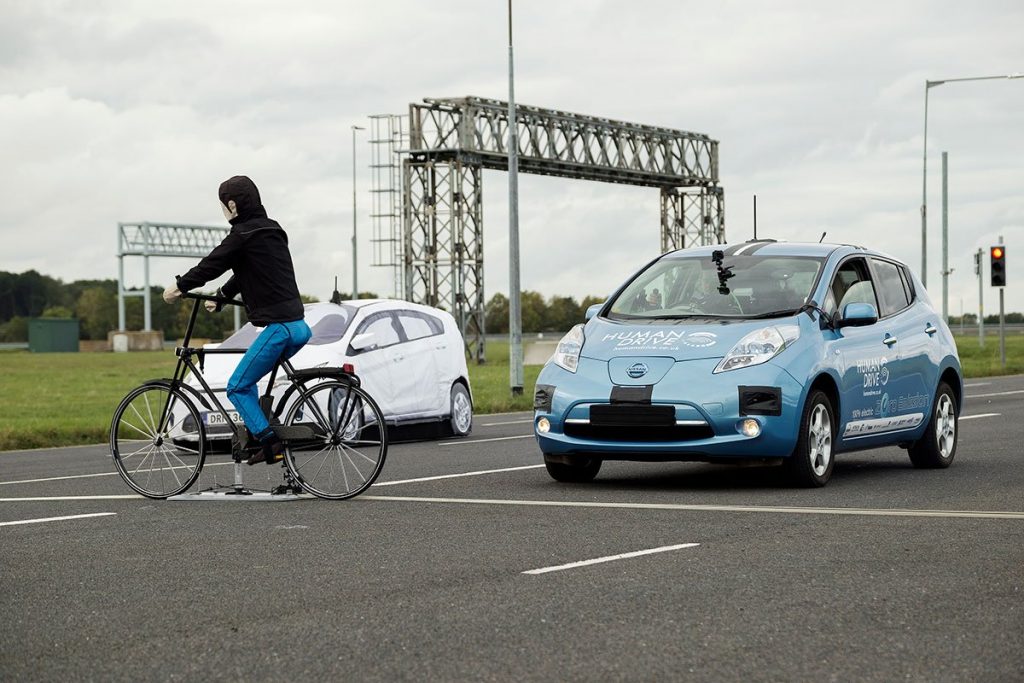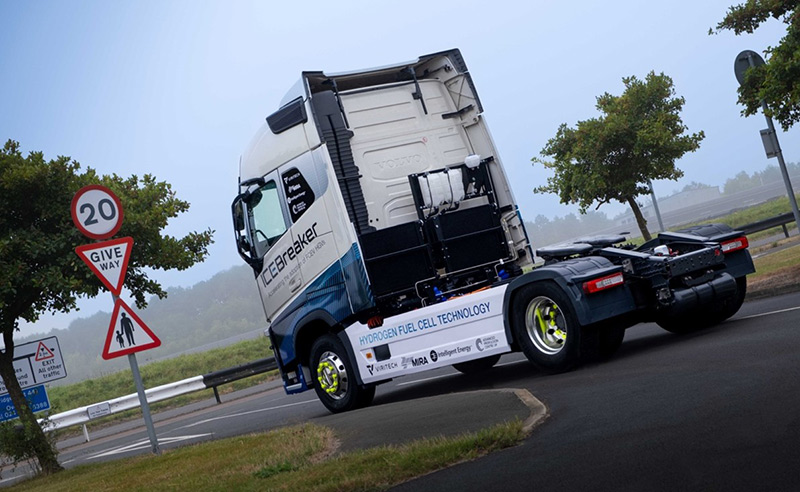HumanDrive’s Scenario-Based Testing Spurs Standardisation, Simplification and Automation in CAV Testing, says HORIBA MIRA
Having helped to deliver the UK’s longest and most complex self-driving car journey to date, HORIBA MIRA has revealed that the government-backed HumanDrive project enabled the automotive engineering firm to demonstrate the benefits scenario-based testing processes can provide in validating autonomous vehicles.

Last year, the £13.5m research project, led by Nissan and eight other consortium partners including HORIBA MIRA, successfully completed two trials: a 230-mile ‘Grand Drive’ self-navigated journey on UK roads using an advanced autonomous control system; and test track-based activity that explored human-like driving using machine learning to enhance the user experience.
To complete the task, HumanDrive equipped a Nissan LEAF with a Global Navigation Satellite System (GNSS), LIDAR, and cameras. The technology was used to navigate various road systems consisting of complex roundabouts, motorways, junctions, and high-speed country lanes with no road markings, white lines, or kerbs.
During the 30-month study, HORIBA MIRA devised a scenario-based simulation testing programme designed to interrogate the behaviour of the Artificial Intelligence (AI) within such vehicles. The ground-breaking research involved the creation of a three-tier scenario system – functional, logical and concrete – to generate a set of cases covering all the complex situations that vehicles encountered.
Ashley Patton, Lead Connected and Autonomous Vehicle (CAV) Test Engineer at HORIBA MIRA, said:
“For HumanDrive, we focused on a series of scenarios ranging from a basic scenario, through to a very complex one typical of an autonomous CAV test programme. A surrogate test vehicle was used, as we could specifically control it using a full set of industry leading driving robots, to reduce the risks in this development activity.
“In very complex scenarios, we explored other factors including the test track layout. These make a significant difference to the potential route options the CAV may choose to take and therefore the complexity of programming and quantity of actors we may need to deploy. Robotic, crashable actors, representative of other vehicles, pedestrians and cyclists were used in the majority of these tests, as there is still some inherent risk of collision. “
Ashley added:
“In terms of CAV testing, what’s clear is that to be efficient and dynamic, the scenario execution rate must increase. At HORIBA MIRA, we’re working very hard on how to standardise the inputs to automate the CAV test processes, which are founded on base engineering principles for ensuring industry-leading best practices. The automation of some of the manual test processes will give significant time and cost savings to complete CAV test programmes safely, efficiently and accurately.”
HORIBA MIRA has been involved in the development of CAVs for over 15 years, pushing the boundaries of vehicle engineering to improve lives by making journeys safer, cleaner and smarter. The team provide expert support to a wide variety of ground-breaking CAV and connected automated mobility (CAM) projects and are a trusted partner for many industry-leading organisations engaged in developing future mobility.







